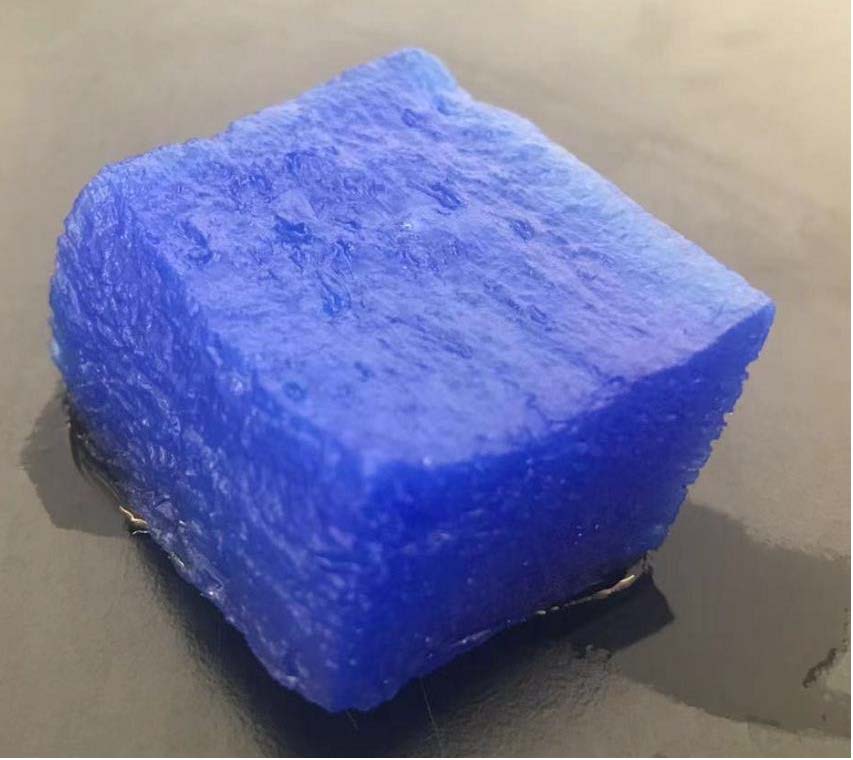UMD Scientists Develop Wood-MOF for Greater Sustainability
Cellulose, which usually serves as an important structural component in the cell walls of wood and other plants, is the most abundant natural material on Earth. The sustainable and multi-scale nature of cellulose makes it a promising candidate for many applications, especially at nanoscale. A range of nanoscale engineering strategies have been discovered to utilize the small building blocks of cellulose nanofibres at the scale of ~2–50 nm. However, constructing even smaller structures at the ångström-scale requires molecular engineering approaches, which has been lacking. To fill this gap, a University of Maryland (UMD) research team led by Liangbing Hu, Herbert Rabin Distinguished Professor in the Department of Materials Science and Engineering (MSE) and director of the Center for Materials Innovation, invented a scalable and cost-effective process to synthesize cellulose-derived supramolecules that features a three-dimensional, hierarchical, and crystalline structure composed of massively aligned, one-dimensional, and ångström-scale open channels. Using wood as a model cellulose material, the team for the first time demonstrated a wood-derived metal-organic framework (wood-MOF) for ion transport applications. The work was published in Science Advances on December 9, 2022. Dr. Qi Dong, an Assistant Research Scientist in the MSE department at UMD, served as the first author of the research paper. "This molecular engineering synthesis approach can be applied on a range of cellulose materials including wood, cotton textile, cotton thread, paper, film, ink, and gel. The synthesized material can be used for fabricating ion transport pathways at the ångström scale for many interesting applications," noted Dr. Hu. In a typical process, the intramolecular hydrogen bonding network is broken and the cellulose polymeric chains are reconstructed into a different crystalline structure by coordinating copper ions to the cellulose chains with the help of hydroxide and alkali metal ions. Using sodium-ion modified wood-MOF as an example, the team achieved high ionic conductivities even with a highly dense microstructure, in stark contrast to conventional aqueous membranes that typically rely on large pores to obtain comparable ionic conductivities. Beyond wood-MOF, this novel synthesis approach can be universally applied to a variety of cellulose-based materials showing excellent potential for a number of applications such as CO2 capture, catalysis, ion-selective membranes, ionic cables, and many more. --------------- Science Advances: DOI: 10.1126/sciadv.add2031
Related Articles: December 12, 2022 Prev Next |


